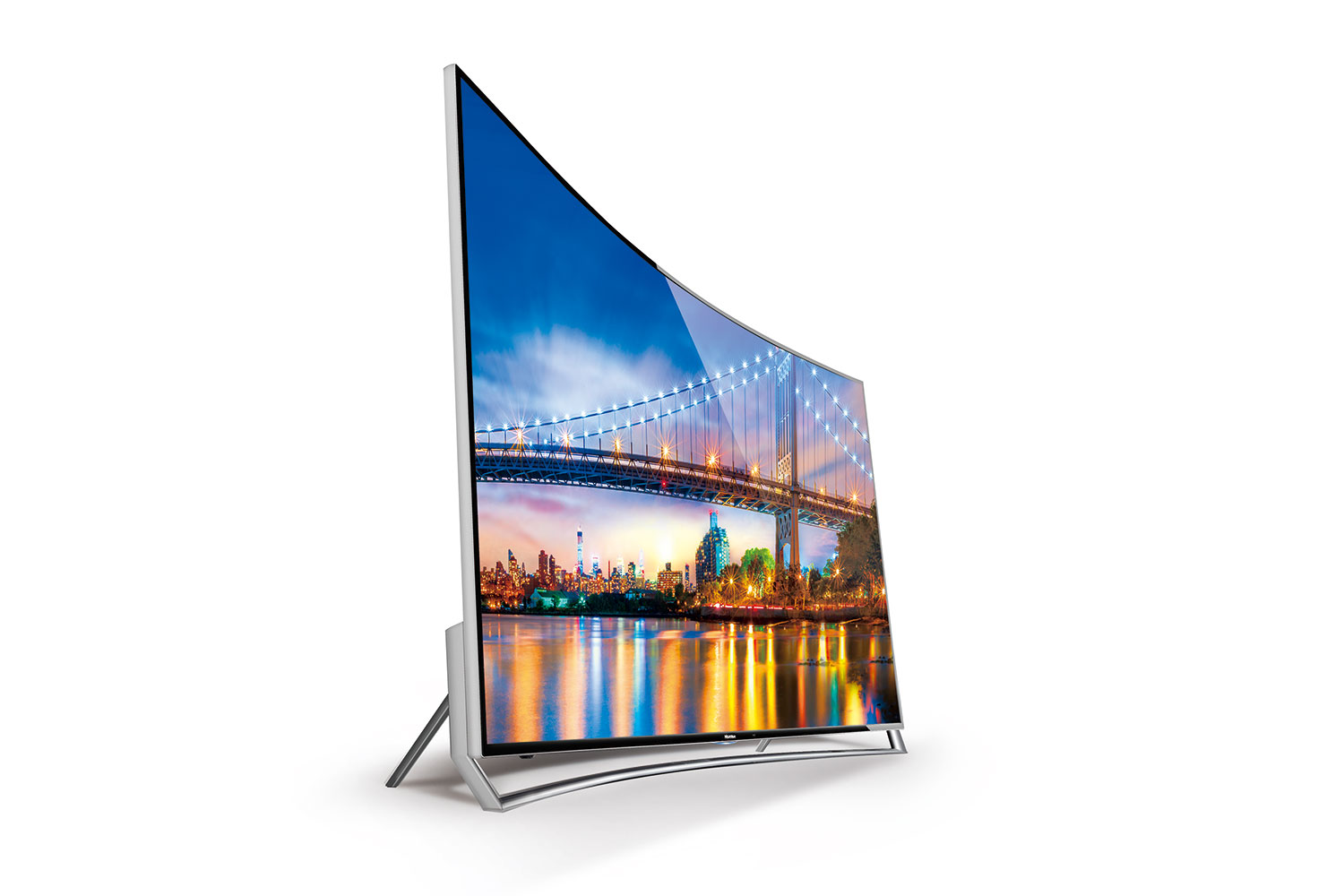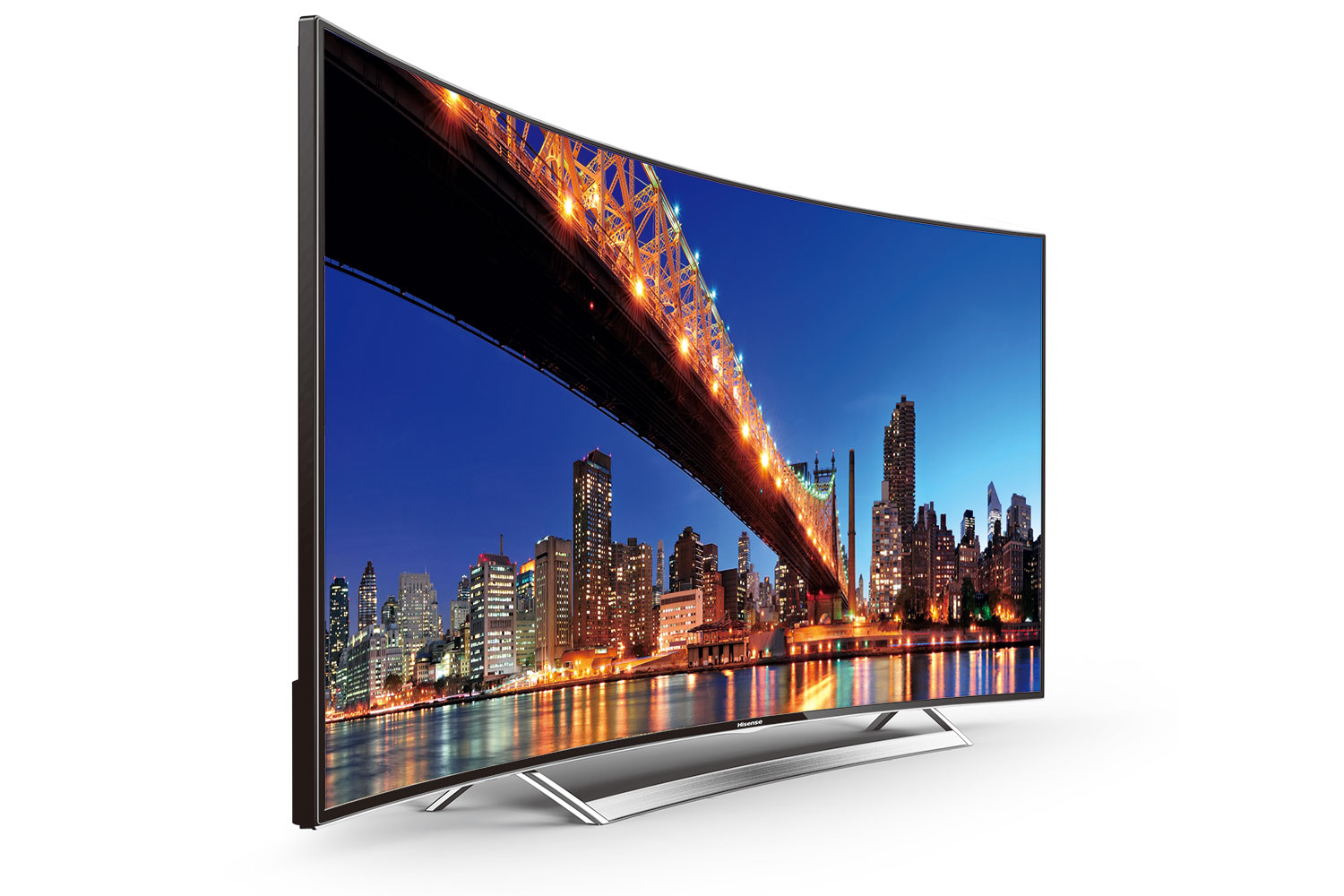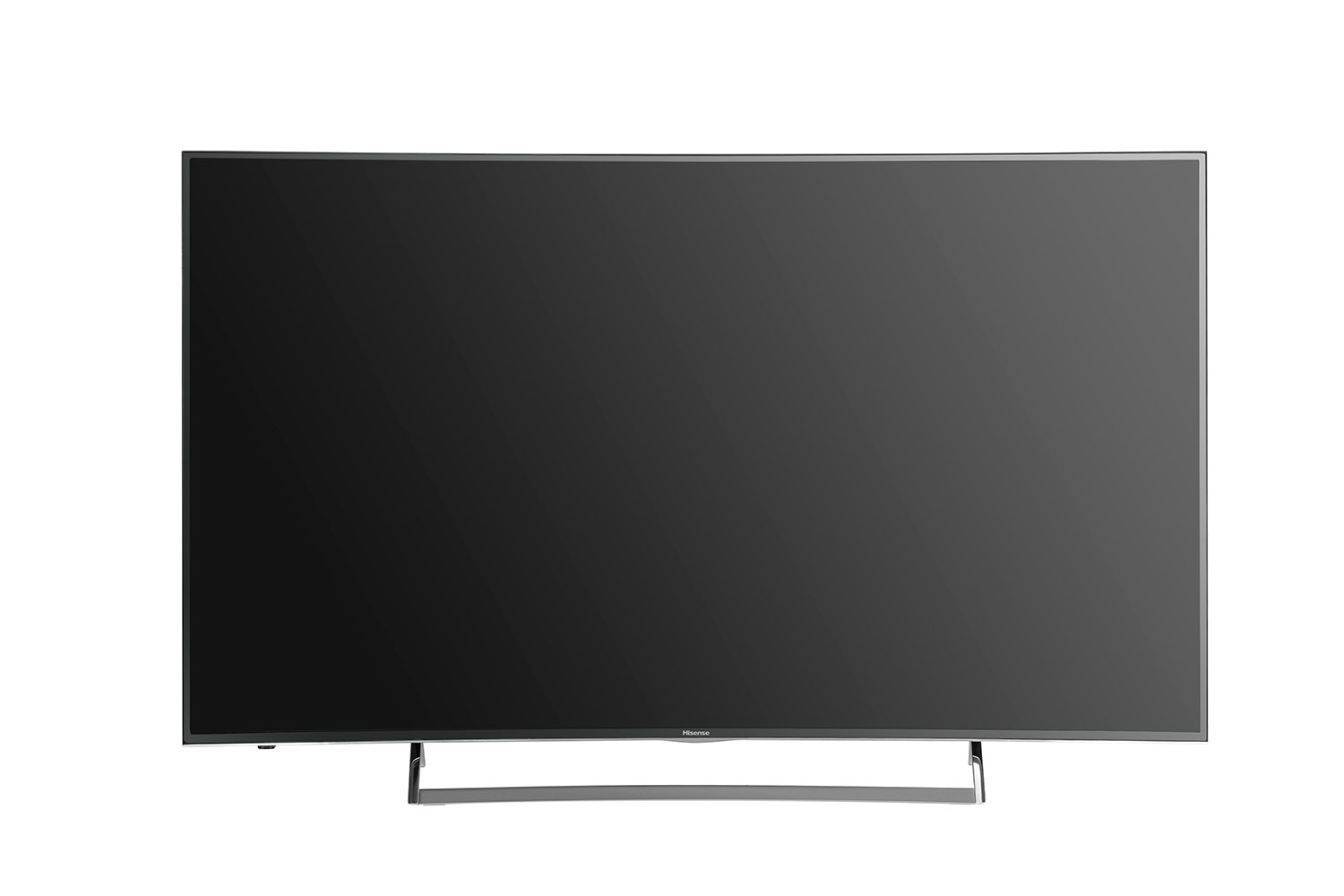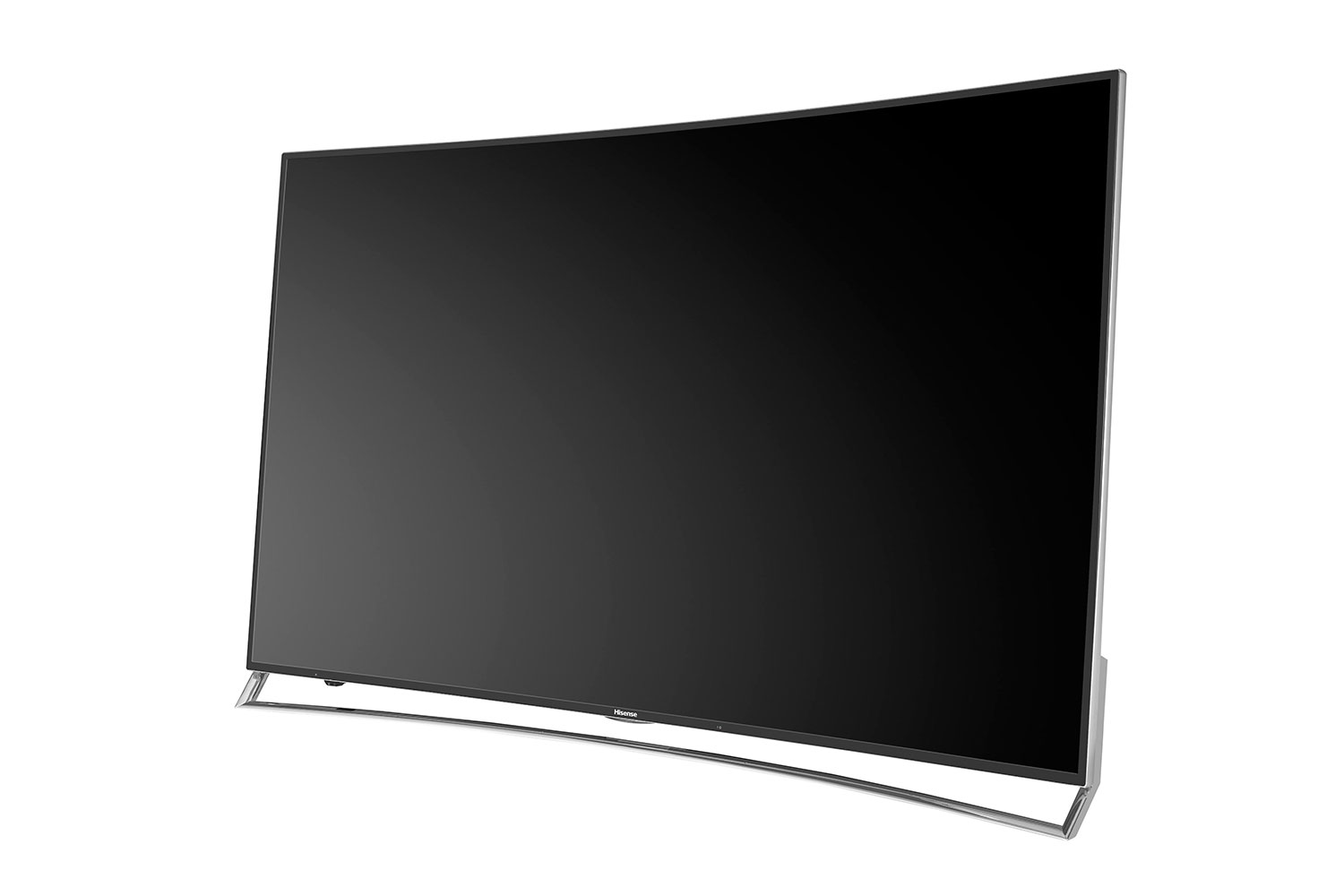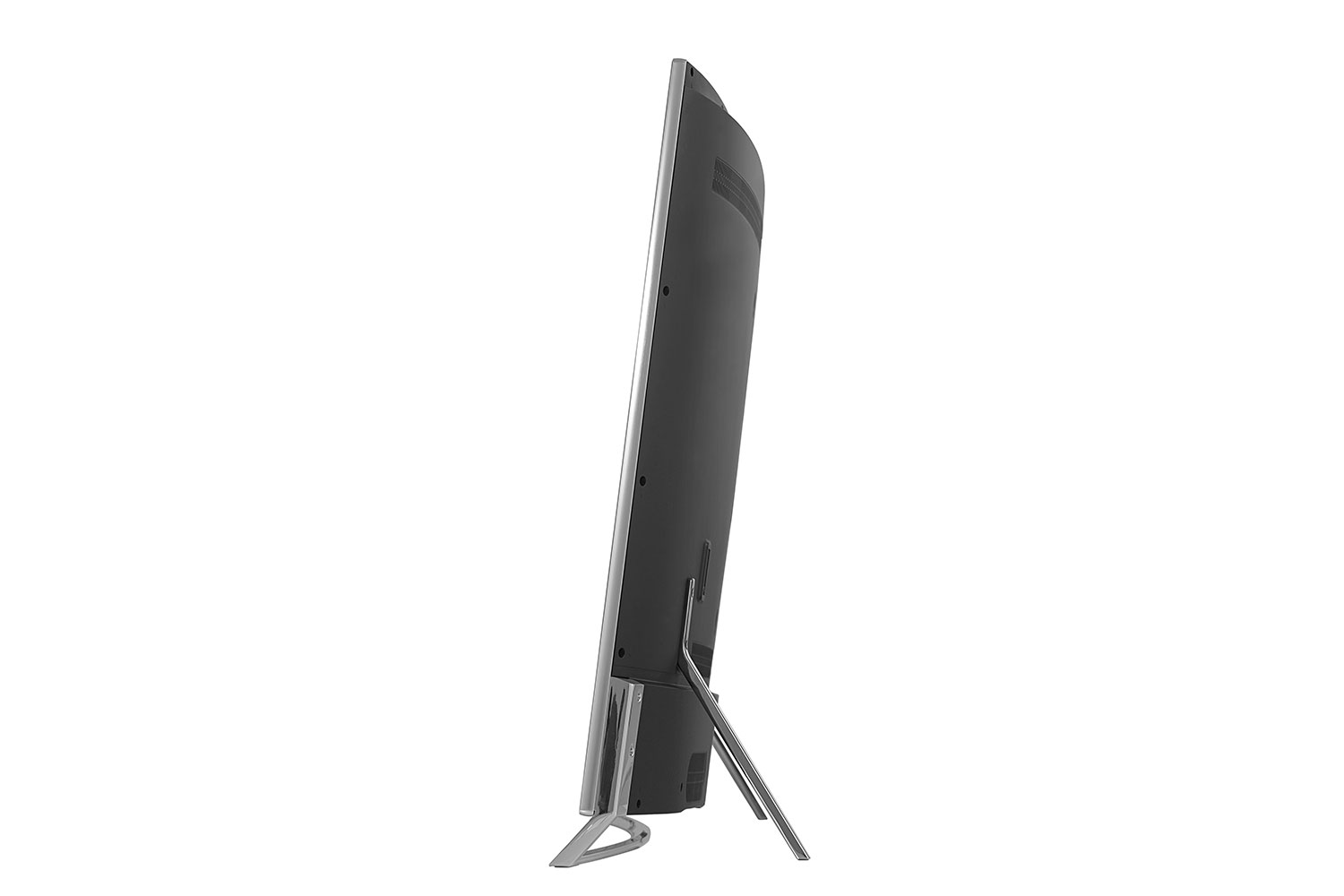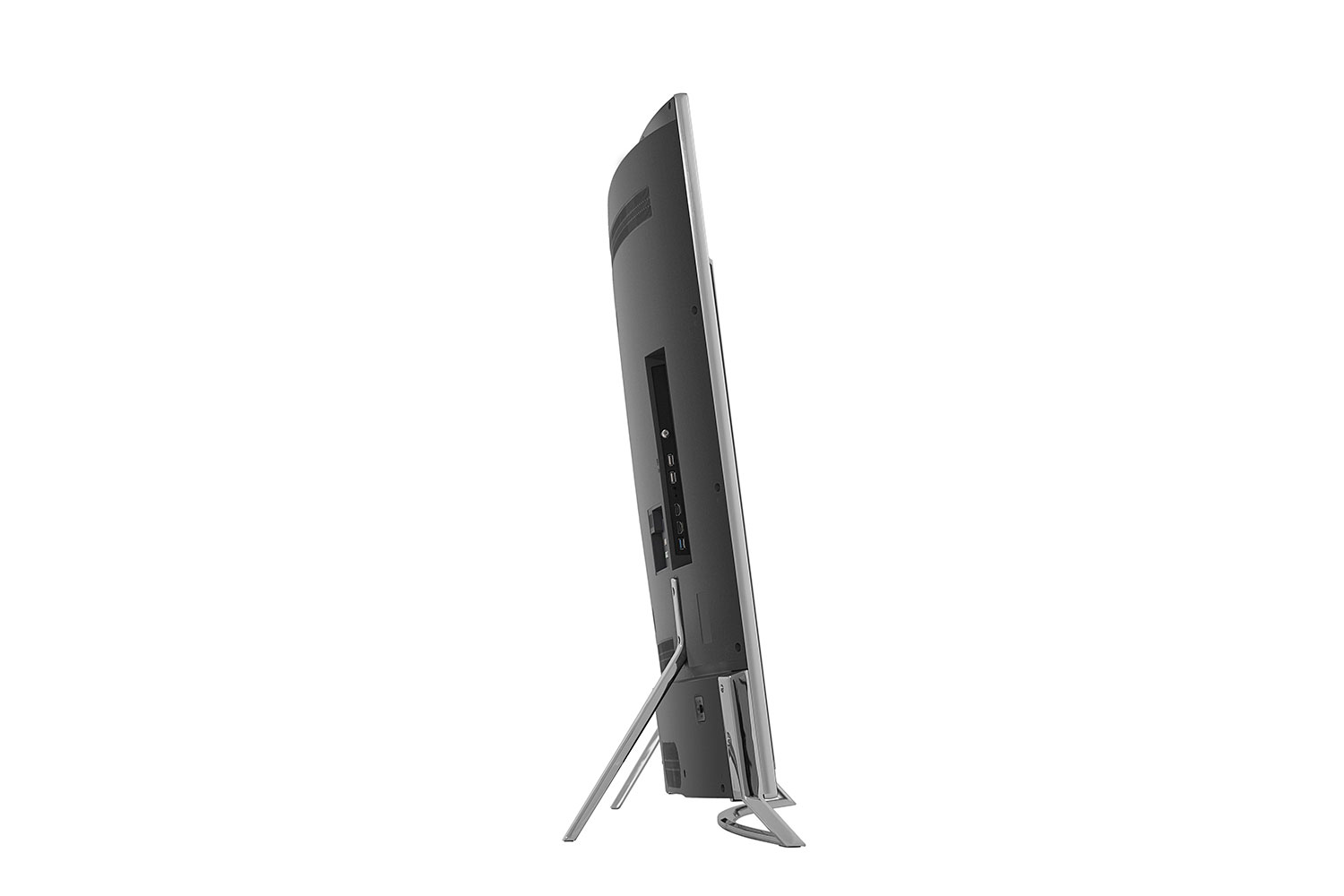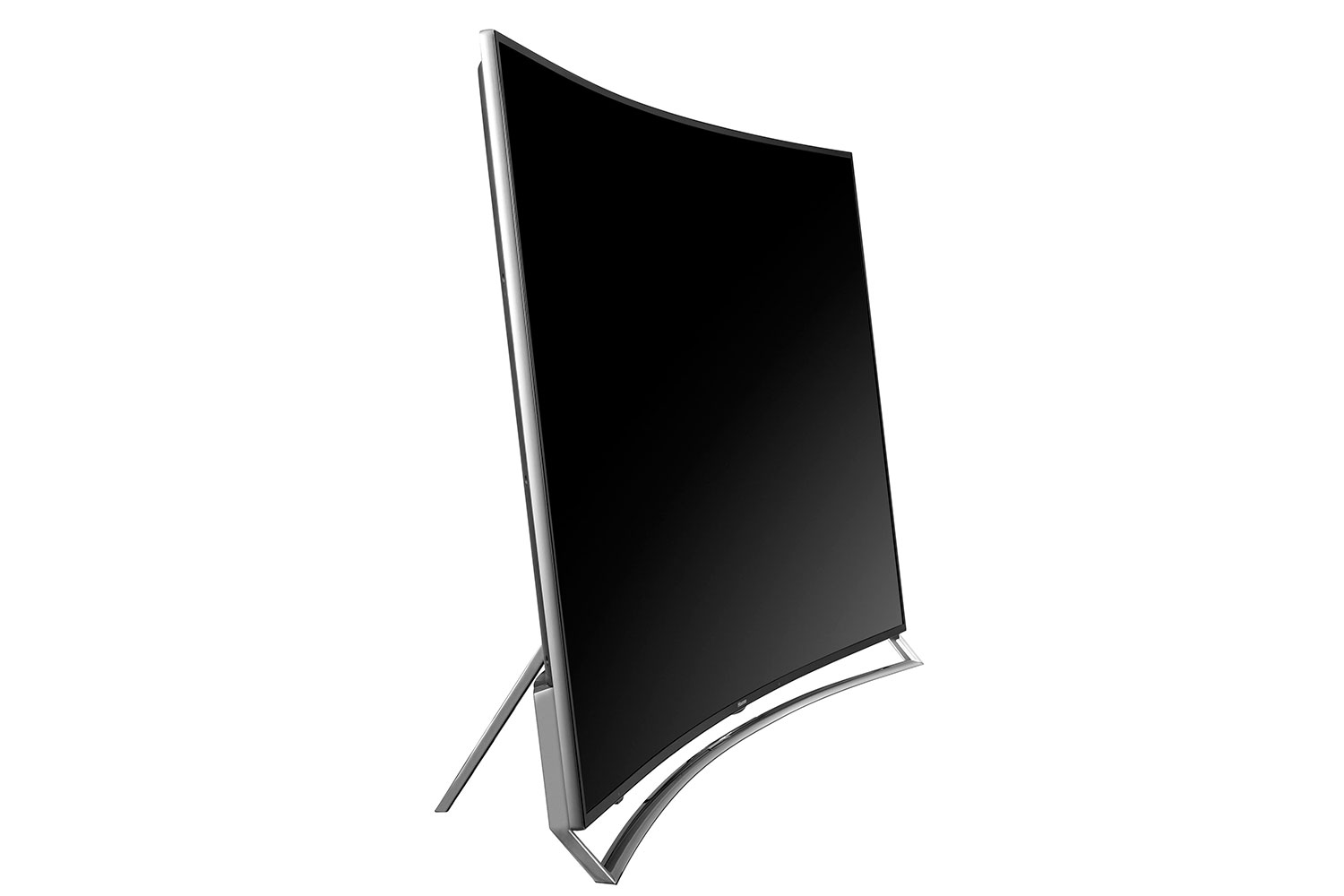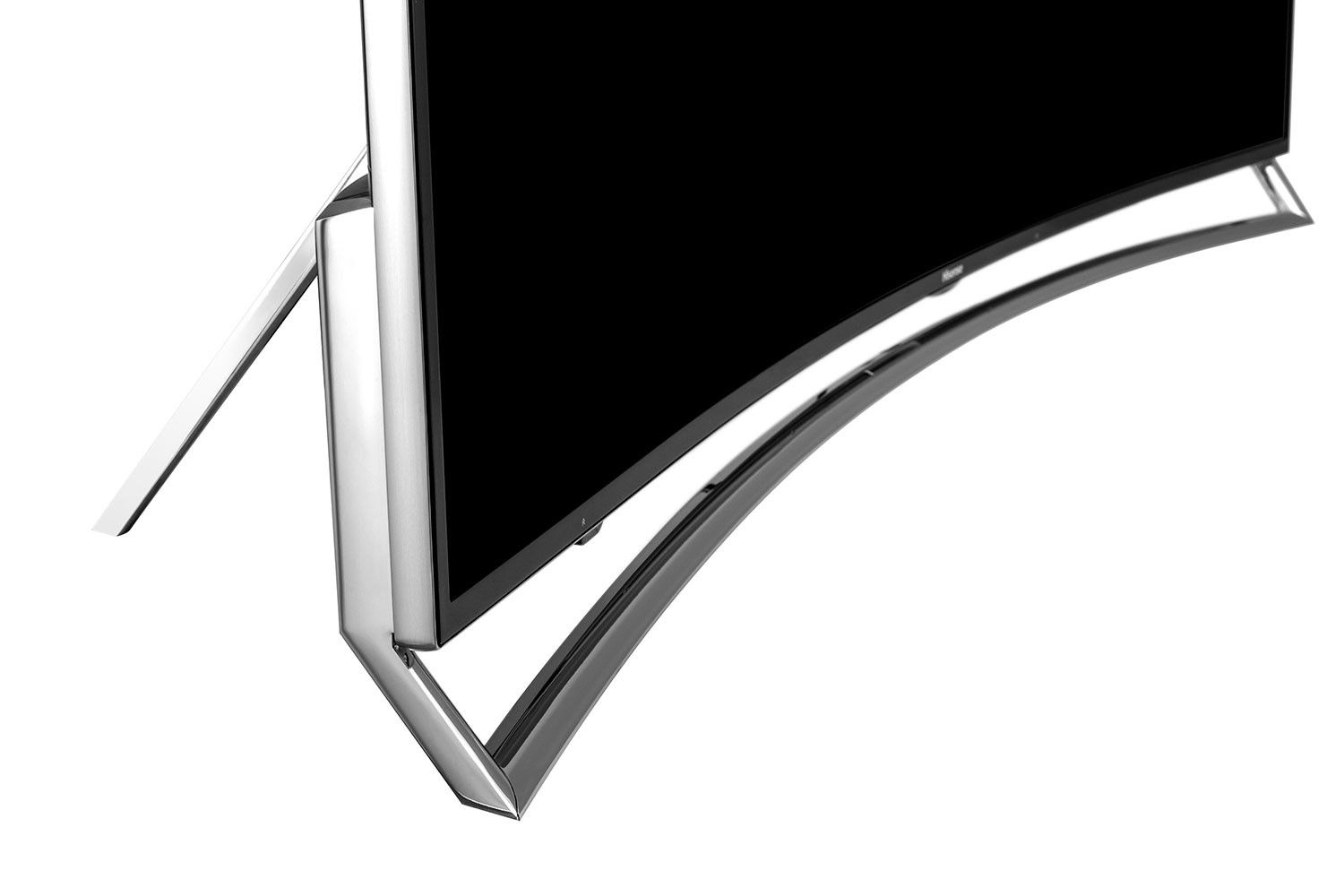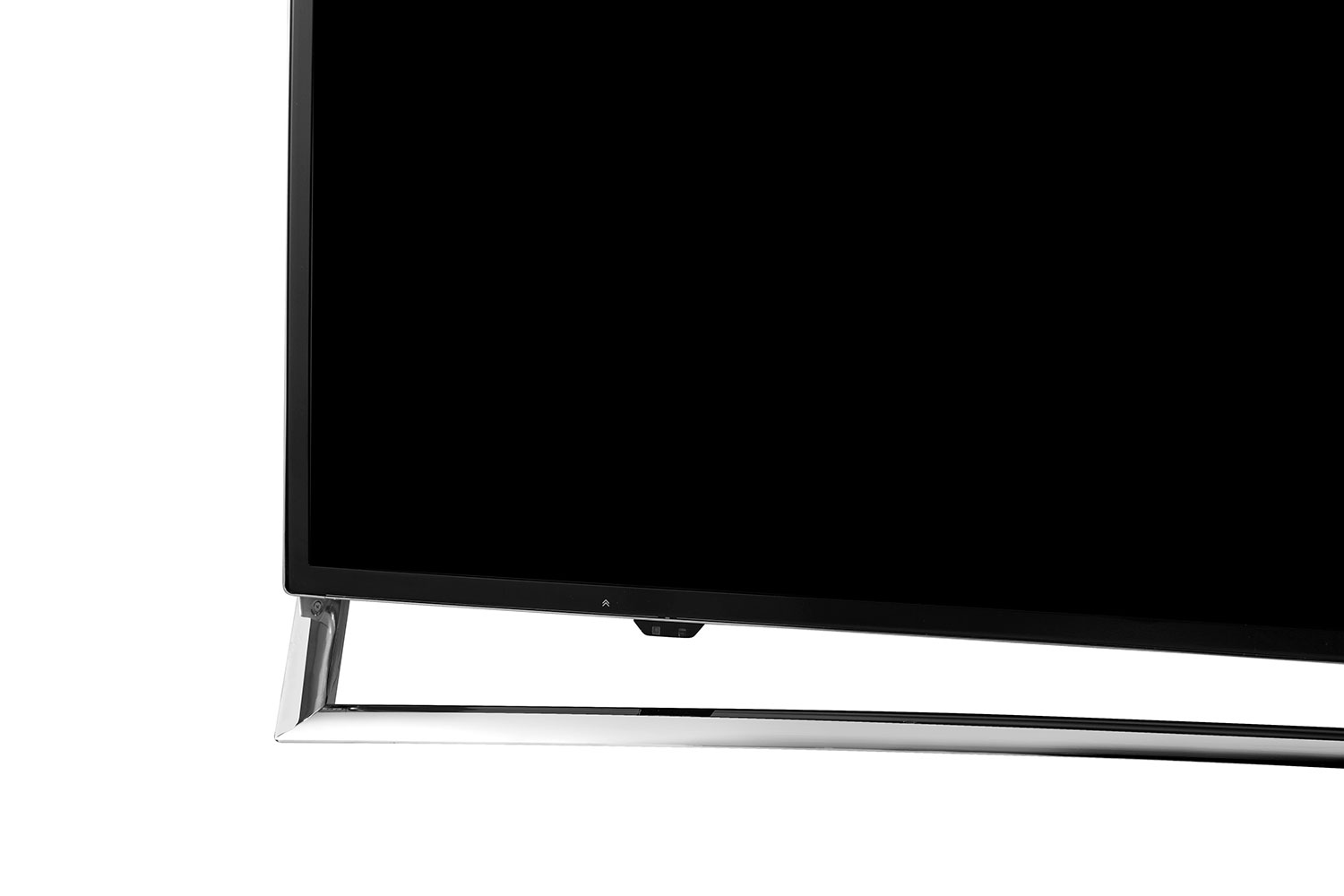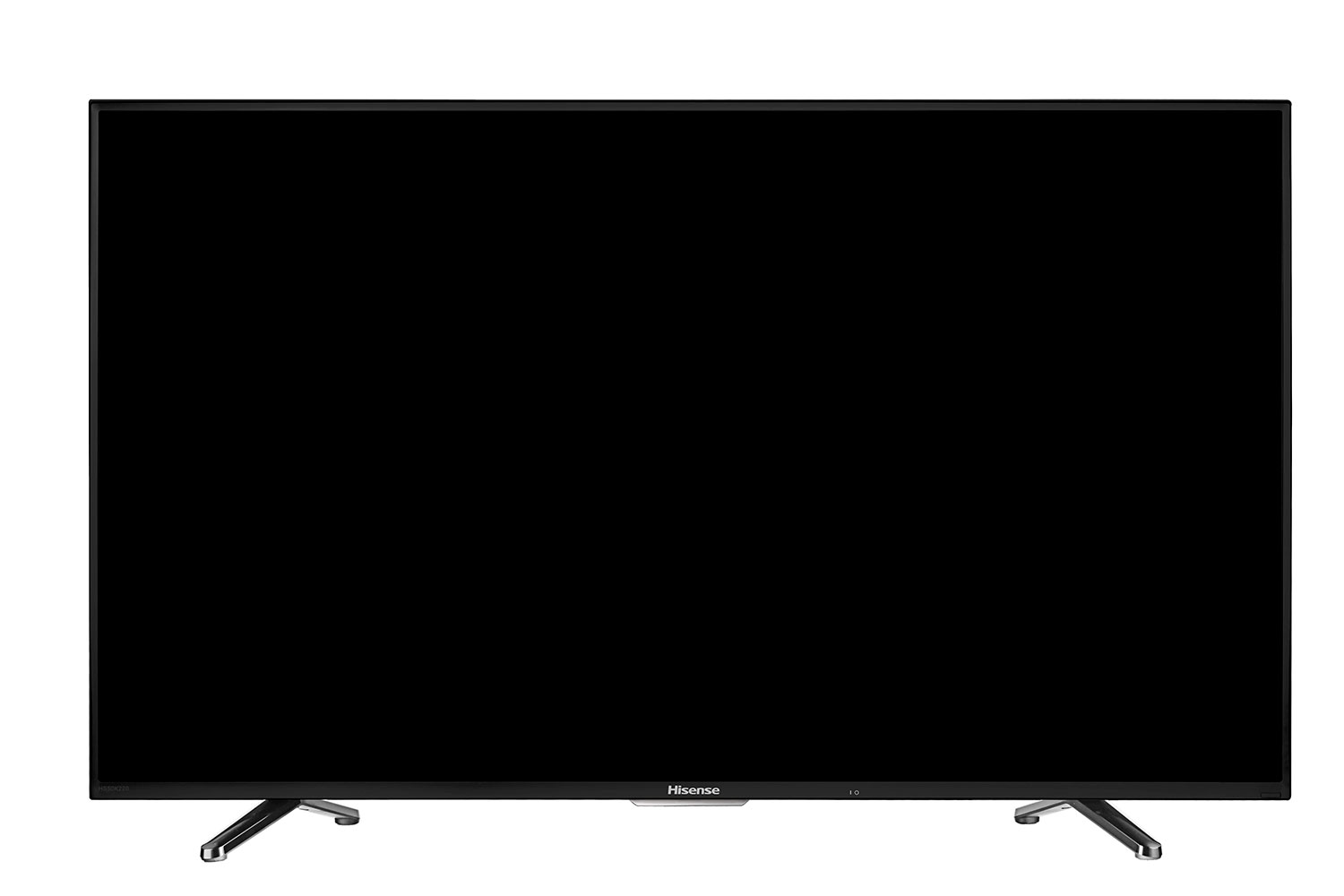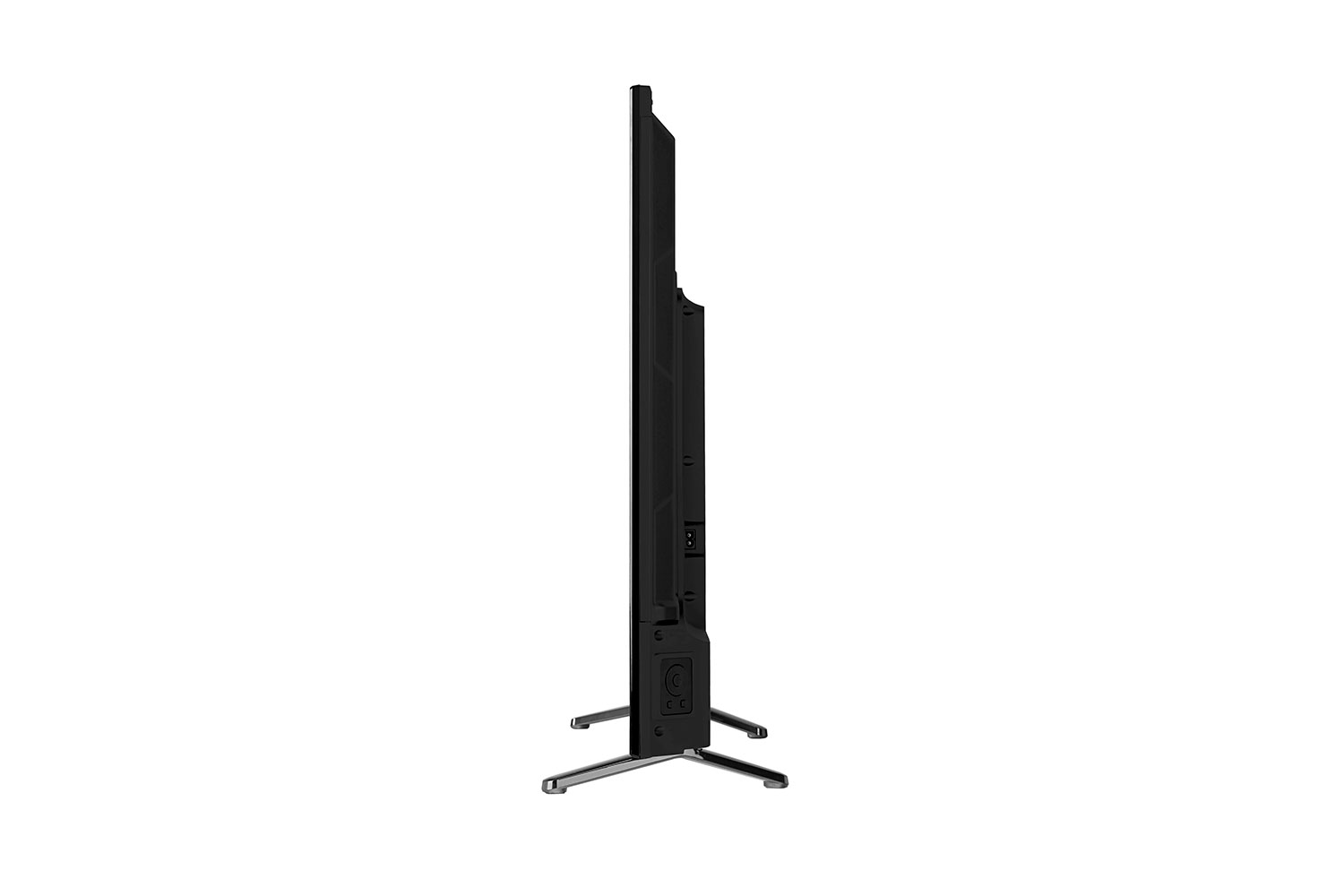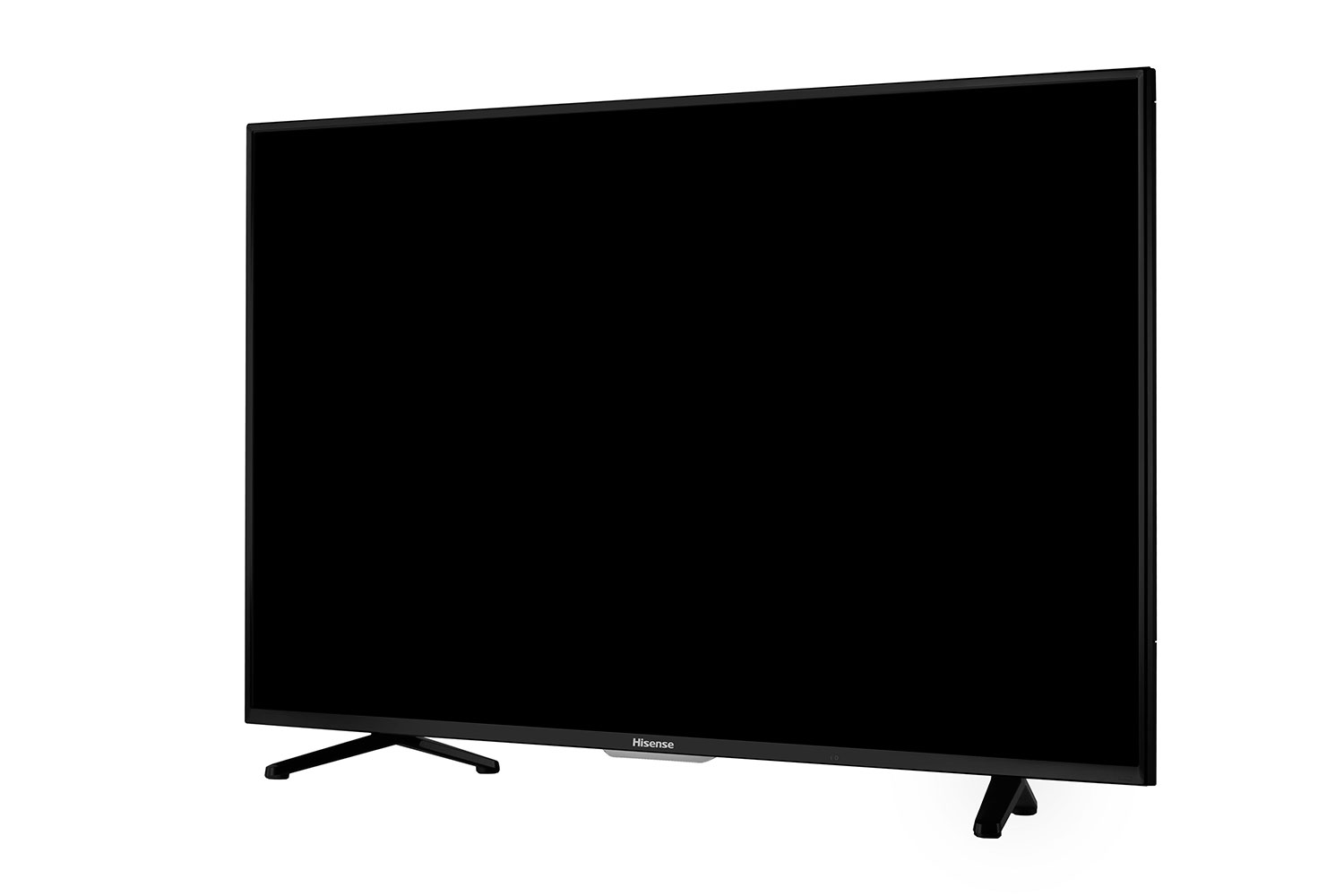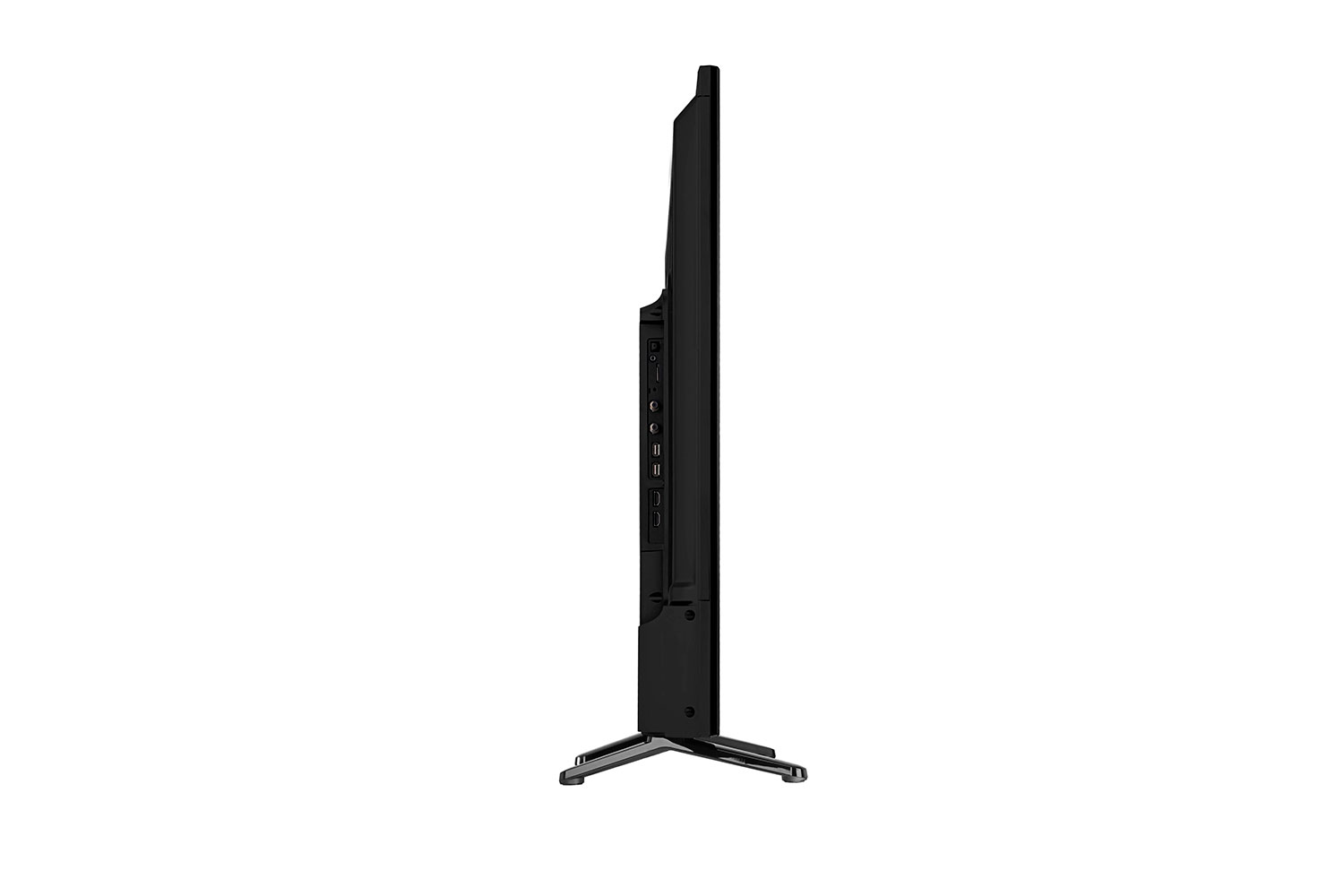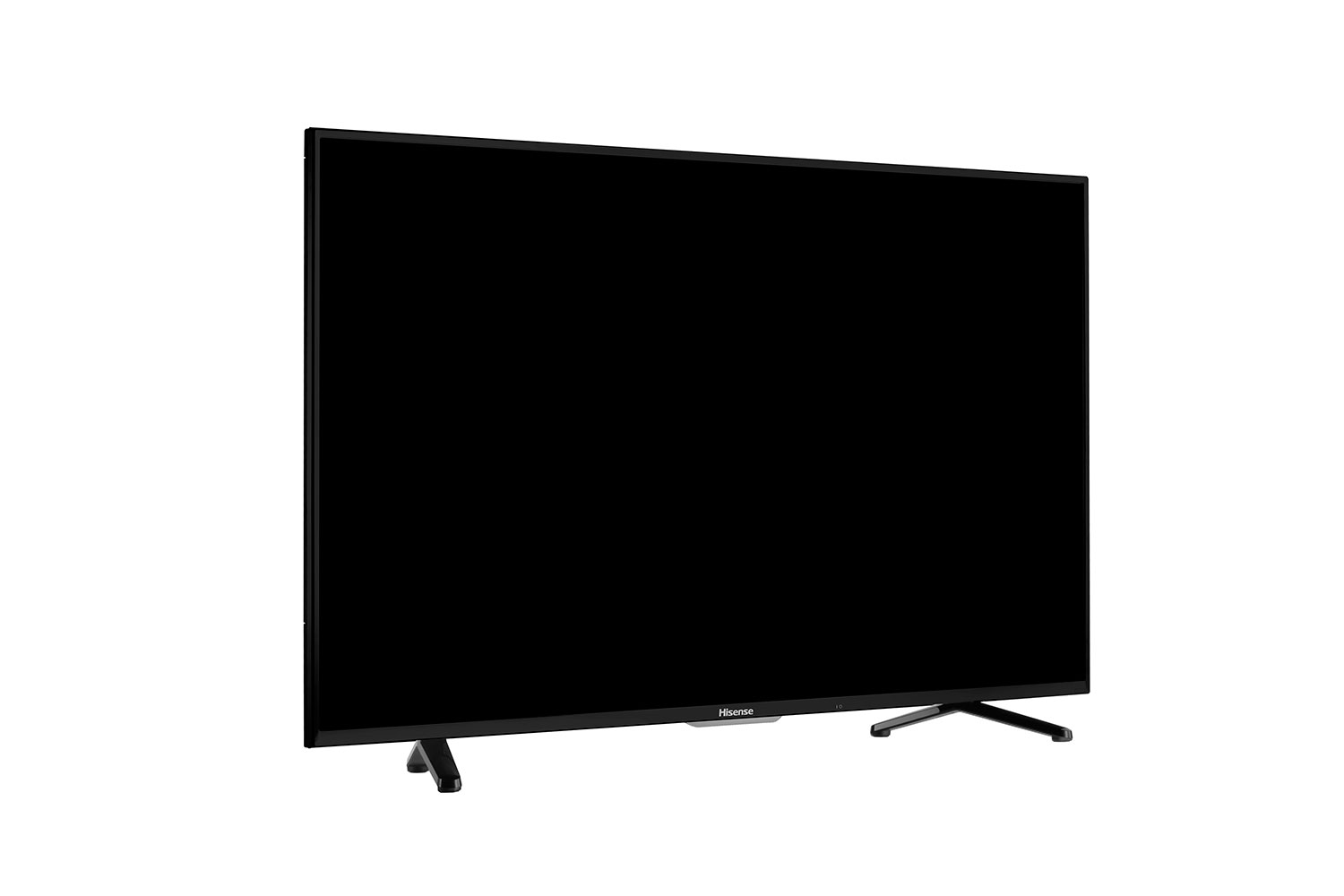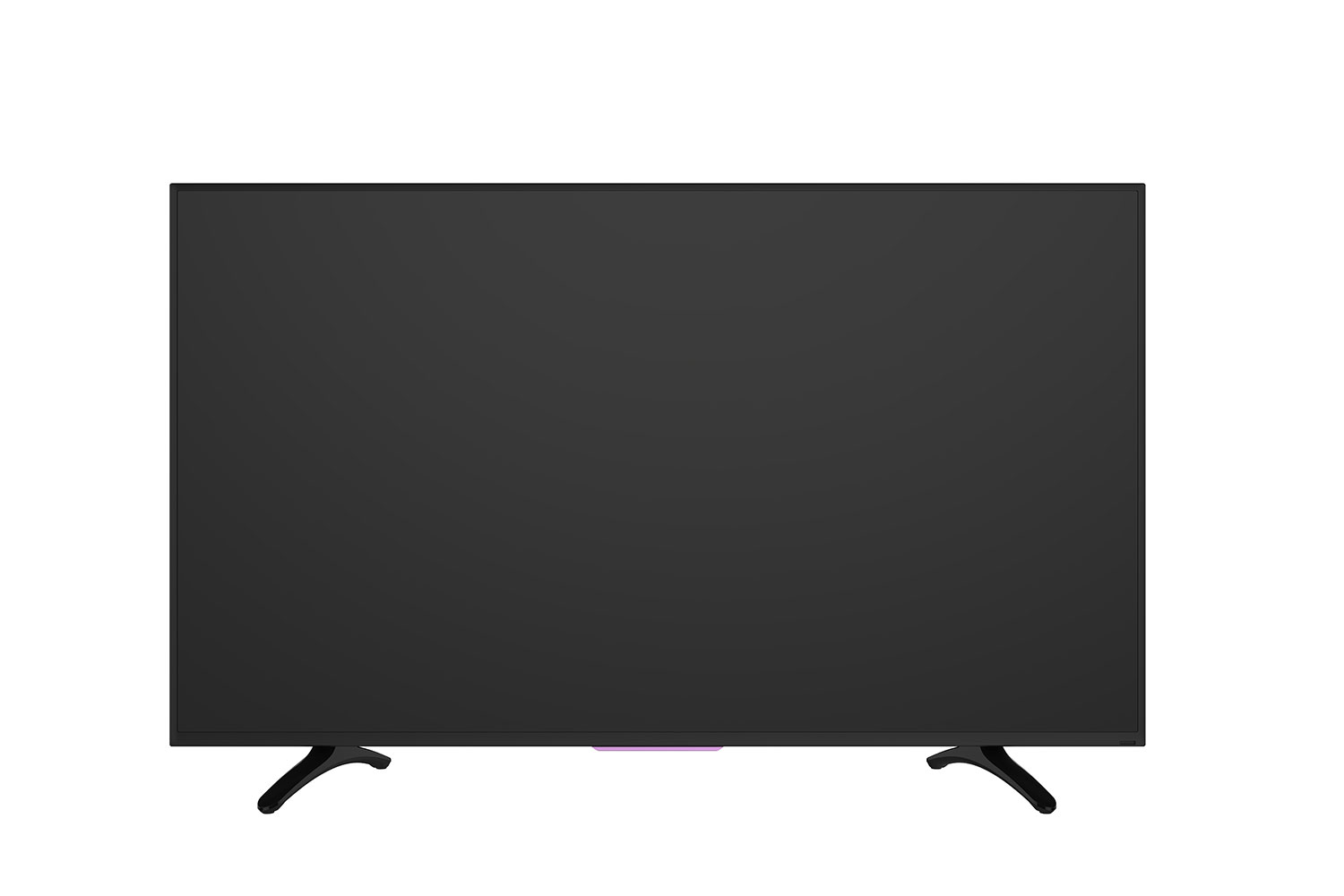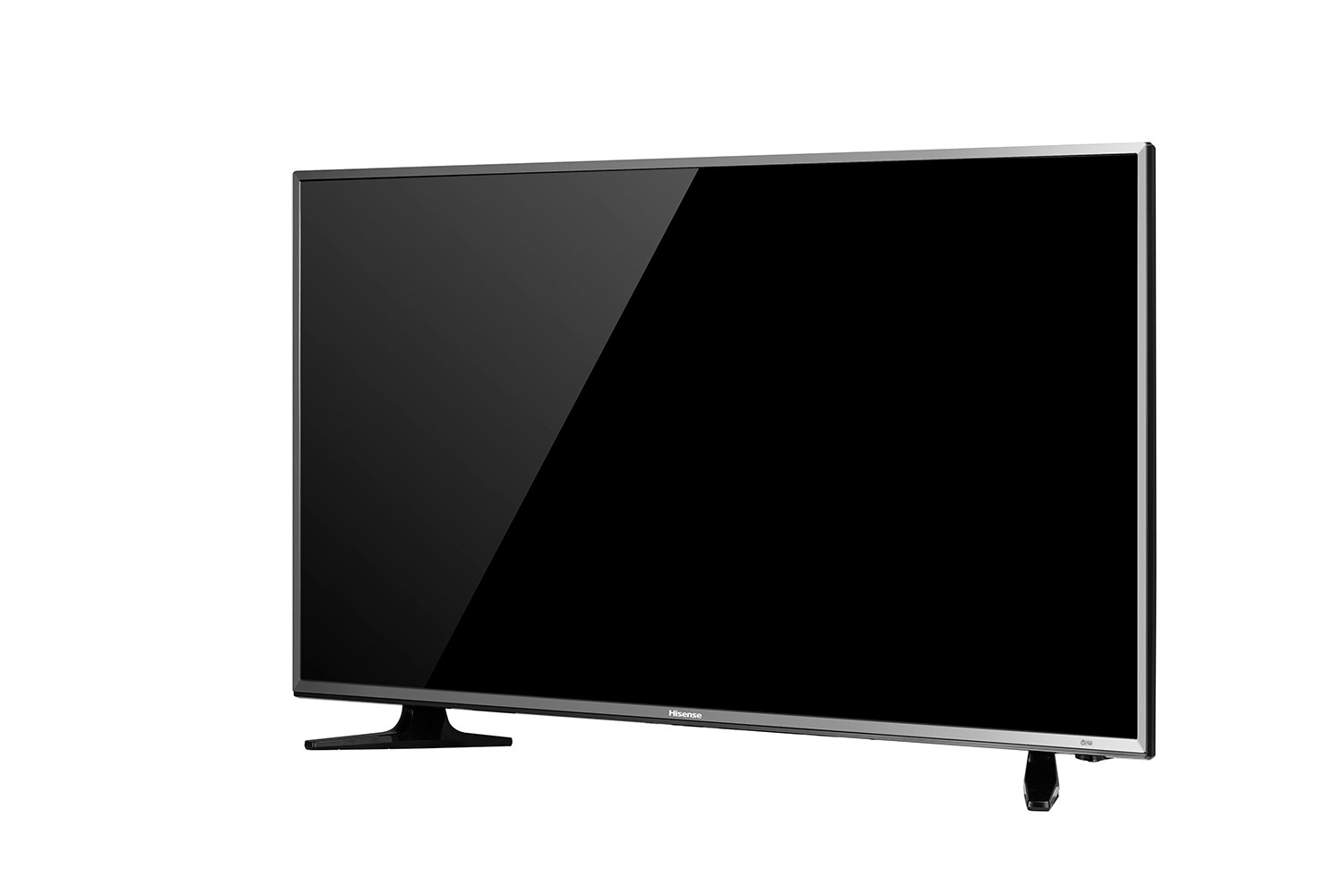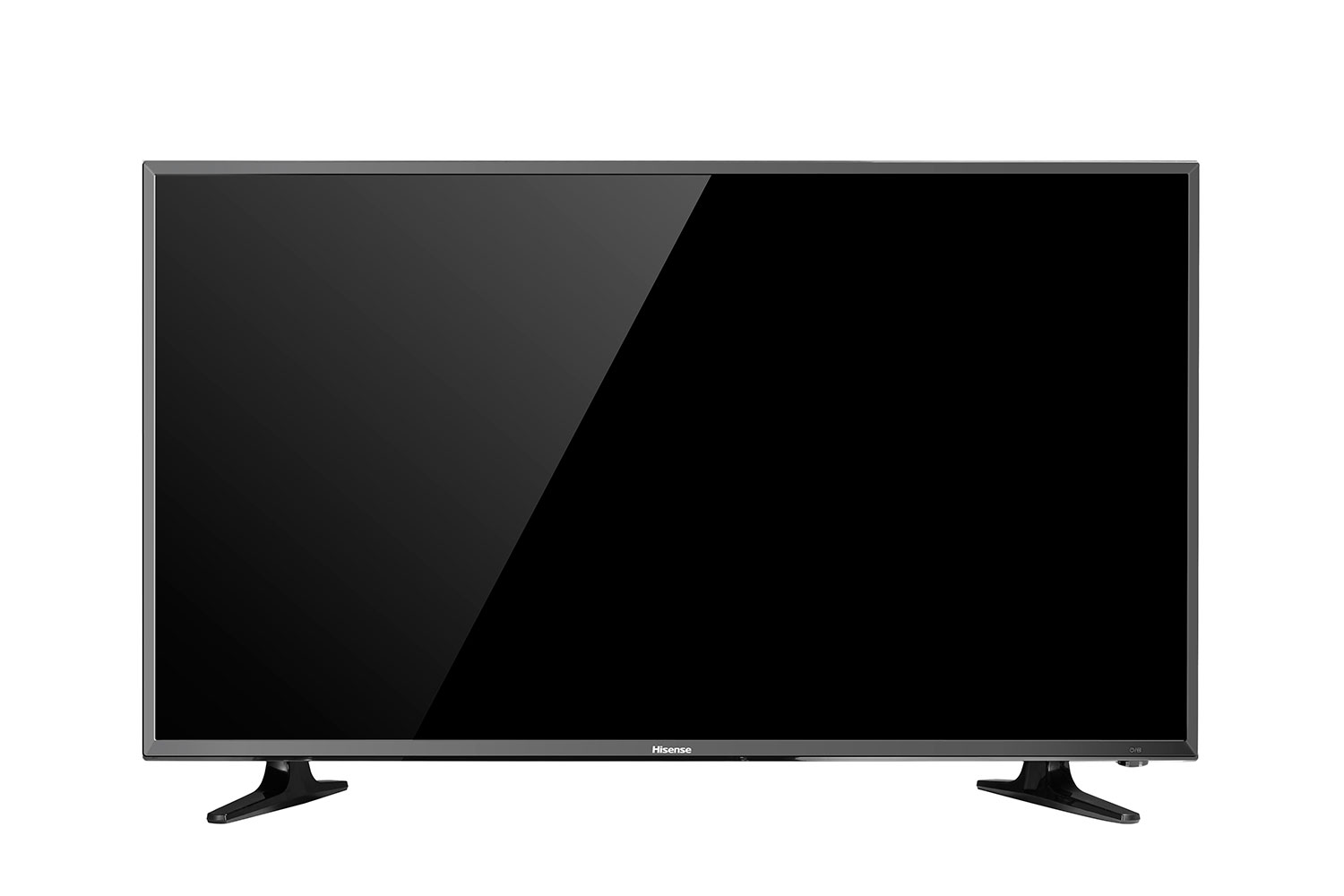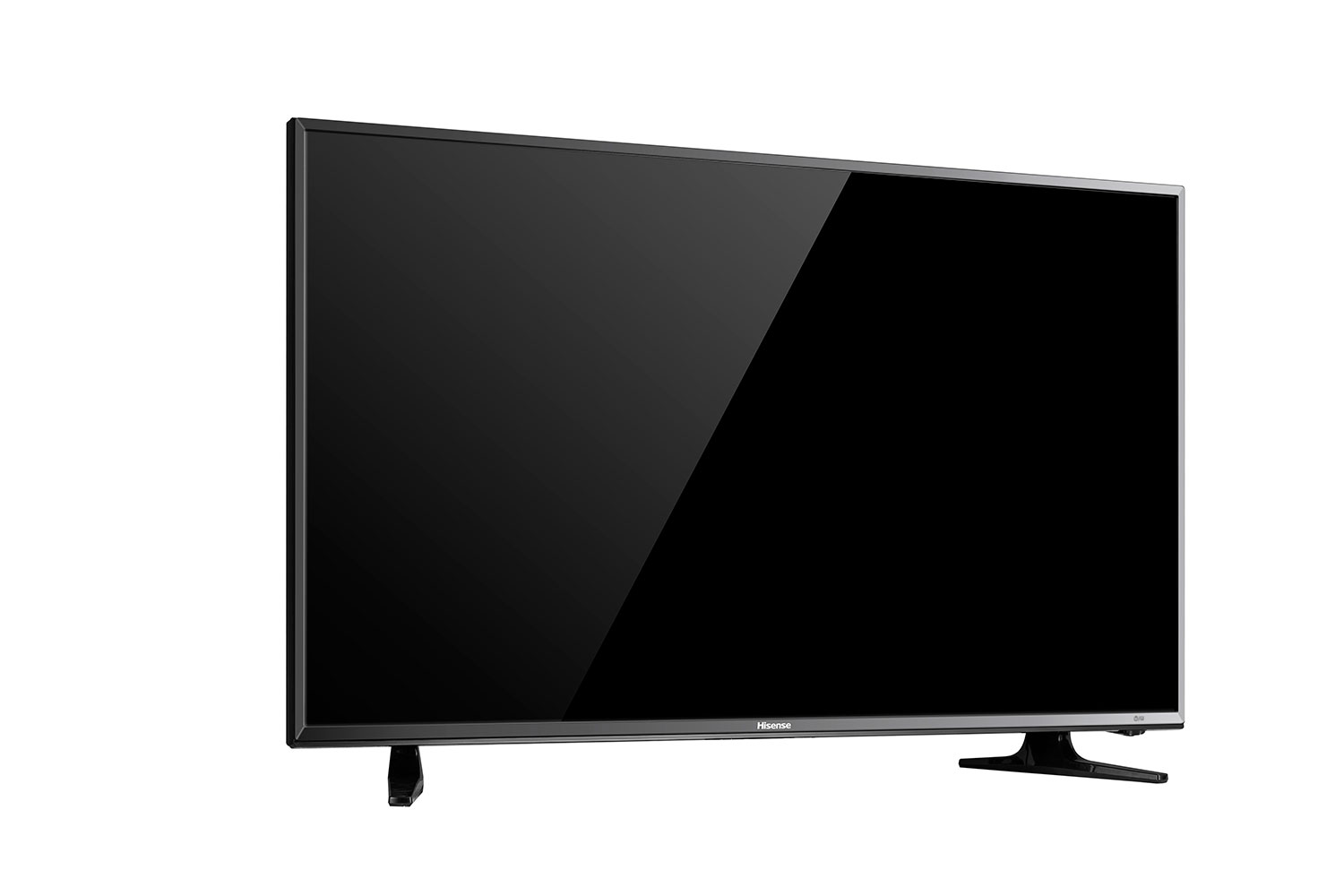CES might see the debuts of a wide range of products, but for many people, the highlight of the show is the new TVs. As the fastest growing 4K TV brand in the U.S., Chinese brand Hisense has been worth keeping an eye on for some time now, but considering the lineup the company announced today, this could be a big year for the brand. The full lineup announced by the company today totals 22 new TV models from 2016, ranging from small 720ps, to curved 4K Ultra HDs.
H10 & H9 Series
The company’s flagships lie in the H10 and H9 series. While the last iteration of the H10 series featured Hisense’s branded Ultra LED (ULED) in a 65-inch screen, it will now be available on the smaller 55-inch H9 series as well. The second-generation ULED offers enhanced color, contrast, black levels, and brightness, especially with HDR content.
Both the H10 and H9 feature full array local dimming, but only the H10 series features Hisense Ultra PureColor and Quantom Dot technology. The H10 also features 3D, while the H9 does not. You’ll pay quite a bit more for the H10 series, however, with the 65H10C selling for $2,800. The H9 series 55H9B will sell for $1000, on the other hand. The 65H10C ships in the second half of 2016, while the 55H9B goes on sale in February.
H8 & H7 Series
For those looking for a 4K Ultra HD TV without paying so much, there are the H8 and H7 series, both of which can be had for under a grand. Both still feature the same HDR processing, built-in apps, UHD upscaler, 2×2 Dual-Band Wi-Fi, and Ultra Smooth Motion featured in the more expensive models, but they don’t feature Hisense’s ULED tech.
The H8 series features multi-zone local dimming, while the H7 does not. There are two models in the H8 series, the 55-inch 55H8C and 50-inch 50H8C, which sell for $700 and $600 respectively. The H7 series is available in models ranging from 65-inch to 43-inch. The 65-inch 65H7C is the only model costing over $1000, while the other models range from $650 to $400. Both the H8 and H7 lines will be available in February.
H5 & H4 Series
If you’re not ready to make the switch to 4K, the H5 series offers a fairly big screen at a much more affordable price. Models are available ranging from the 55-inch 55H5C, which sells for $500, all the way down to the 32-inch 32H5B, which sells for just $200. While the resolution is lower than the more expensive models, all the smart TV functionality is still present. Hisense’s Ultra Smooth Motion is still included, as well.
The H4 series provides a different sort of smart TV, as this is Hisense’s Roku TV line. Boasting more than 3,000 streaming channels and more than 3 million TV movies and TV shows, this is the line to focus on if you just want one device to take care of everything, no other hardware needed. The H4 series is available in four sizes from the $430 50H4C model to the $200 32H4C model
The H5 series is shipping in all sizes in February, while “sometime in 2016” is the only release information currently available for the H4 line.
H3 Series
Finally, we come to the H3 series, which Hisense calls “feature TVs.” While they don’t feature built-in apps or other smart TV features, they come in at a lower price point, and do pack in a few nice features like MHL support and the ability to play media files from a USB port. A $250 40-inch model and two sub-$200 32-inch models are shipping in February, while a $100 20-inch model will be available in April.
“We look forward to advancing our distinctive offering in the U.S. by bringing more TVs to market in 2016 than ever before, while continuing to provide our customers and retail partners with exceptional performance, choice and high-quality technologies at more attainable price points,” Hisense North America CEO Jerry Liu said.
Hisense will be showing the new TVs at CES this week. For more information, see the Hisense website.
